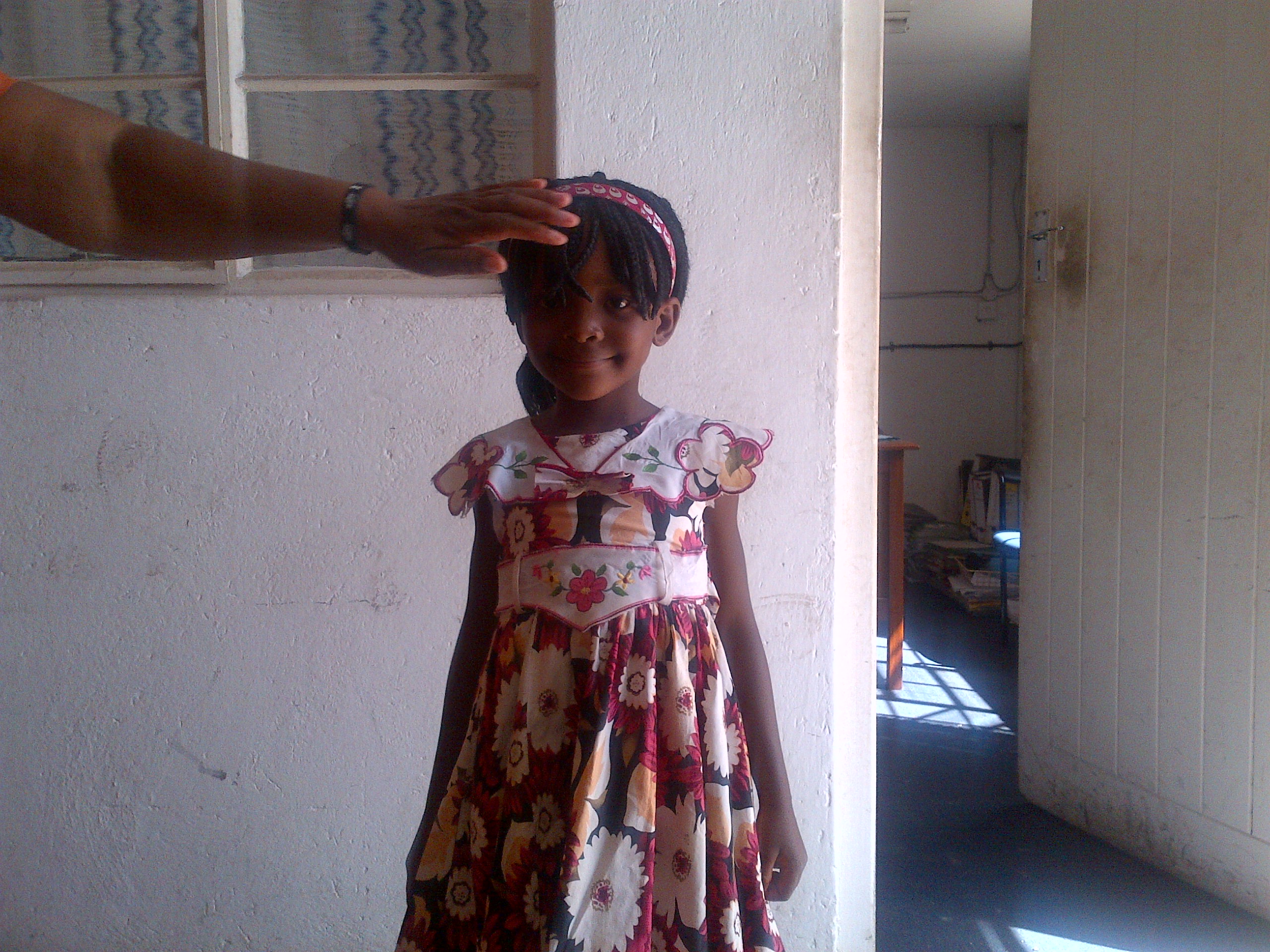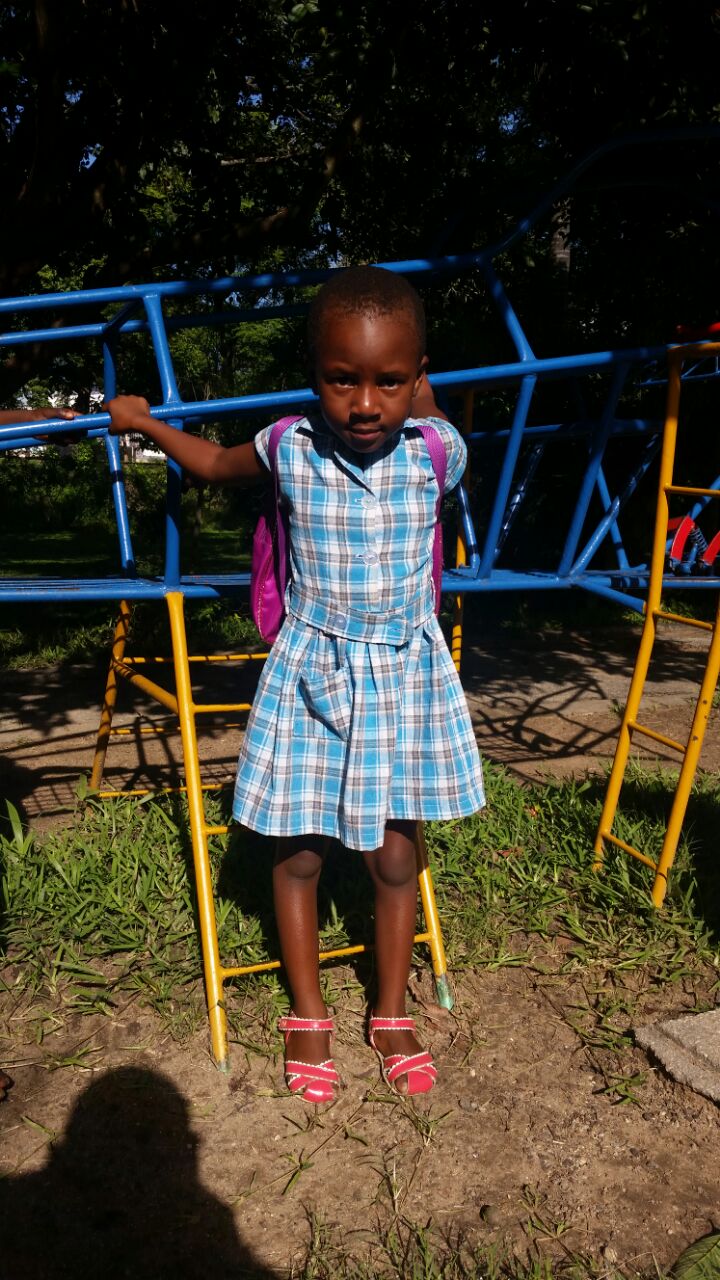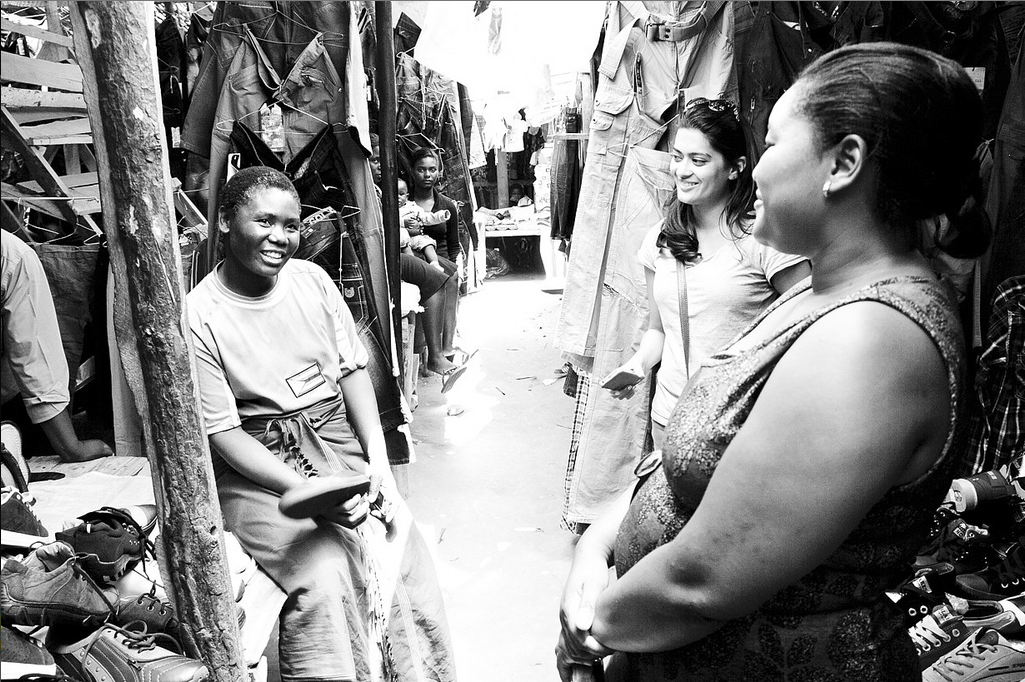At SKI Charities, we believe that education doesn’t stop when students leave school—that’s why when selecting our scholarship recipients, we take into consideration the support that these scholars will receive from their families at home.
And while the end-of-year holiday school break should be a time where kids can have fun, spend time with family and rest, that doesn’t have to mean that they can’t keep learning during those weeks when they’re off from school—in fact, keeping kids engaged with their studies at home (in fun ways!) can set them up for success in the new year.
Here are some ideas for busy parents to bring learning into the holiday season at home:
Play an educational game.
Family game night doesn’t have to be all about the competition. There are many board games for kids of all ages that incorporate addition and subtraction, matching, trivia and much more. Even if a brand new board game isn’t in the budget, a simple deck of cards can be used for countless games, such as the classic Go Fish.
Bring math into the kitchen.
Have favorite family holiday recipes? Let your kids in on the action, and use it as an opportunity to teach some math skills. Younger children might enjoy counting the number of cups of water or scoops of flour, while older ones can practice conversions and fractions.
Encourage reading for fun.
The holiday break is a great time to dive into a book, whether one that was a recent gift or one that’s long been neglected on the bookshelf. Let children decide what to read to help encourage a love of reading.
Get into nature.
Use the extra unstructured time around the holidays to take a walk or hike, and talk about what you see. It could be a biology lesson, talking about which trees still have leaves or identifying birds, or even a counting exercise, keeping track of how many big rocks you pass.
Introduce a craft project.
No matter what holiday you celebrate, the internet is full of ideas for age-appropriate holiday crafts. Getting children crafting can spark creativity, teach important cutting and glueing skills, and give them an opportunity to practice following directions.
Don’t forget about homework.
Kids may have homework assigned over the holidays, or prep work for the new semester to complete before school starts again. Help them stay organized and accountable so they don’t leave all their work until New Year’s Day.


















